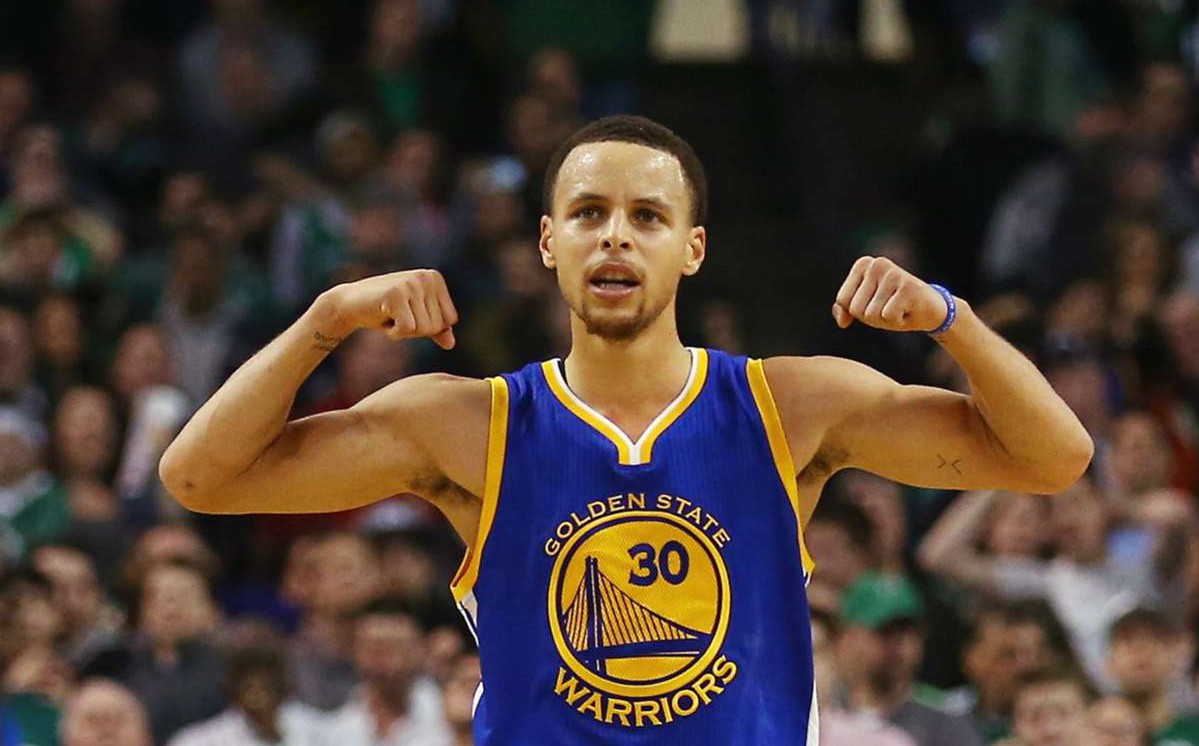Vegas lines, spreads, and implied team point totals are important for DFS research, although just how important varies across the sports. In perhaps the most predictable sport, NBA, (if we’re talking single-game predictions, that is) Vegas matters a whole lot on a night-to-night basis.
However, Vegas lines and implied totals can be a little misleading. This isn’t a groundbreaking take, I know – Vegas is merely predicting point totals, whereas in fantasy sports we are also concerned with rebounds, assists, steals, blocks, turnovers, and so on. Those statistics are very closely tied together, as are all things in such an entangled sport as basketball, but you can see the issue with relying on a number that is only a small portion of what we’re trying to predict.
An example of this tonight is the Boston Celtics and I’m writing about this today because Jay and I brought it up on the NBA podcast last night. The Vegas total on the Boston-Minnesota game is really high (217) and the Celtics are favored, giving them a really nice team implied point total of 110.75. However, Jay and I remarked that despite the incredible matchup and Vegas situation, we were having trouble choosing players from the Celtics that we really wanted to roster tonight.
This is a great example of how Vegas lines can be a bit misleading for DFS purposes. If you picked players based heavily on those lines, you would obviously have a lot of exposure to Celtics players tonight. However, Vegas does not incorporate rotations, minute totals, usage rates, or any of those player-specific things we are concerned with. They are solely concerned with predicting the final score; we are concerned with much more than that.
Let’s look at the data behind this. Here’s the entire Celtics roster and their fantasy production for this season. Below is their total DraftKings points (I’m not counting double-doubles or triple-doubles in this, by the way), their percentage of total DK points, and then those same things broken down on a per-game basis.

As you can see, we do have one player in Isaiah Thomas who has a fairly significant edge over the rest of his teammates in terms of percentage of fantasy production. However, the Celtics as a whole are just really spread out and deep – they have six players who account for at least 10% of their per-game fantasy production.
Meanwhile, let’s look at the more top-heavy, although still with a high total tonight, Golden State Warriors.

Stephen Curry accounts for 21.2% of their per-game fantasy production and Draymond Green is also high, up at 17.4% (and this probably undersells both of them, since I’m not counting double-double or triple-double bonuses). Only three players, instead of six, account for at least 10% of the Warriors fantasy production.
You can see where I’m going with this – if the Celtics and Warriors both have an implied team total of 110, that doesn’t mean that it is an evenly advantageous spot. Both Steph Curry and Draymond Green provide a larger percentage of their team’s fantasy production than anyone on the Celtics roster. As such, a large implied team total means more for the Warriors than it does for the Celtics.
You can do this with any and every team – and it’s probably worth a full study at some point – but the main takeaway is not to assume that a team with a higher Vegas implied total is a much better play than one with a lower one. Rotations, minutes, and usage rate are incredibly important in NBA DFS, and only within the context of those stats can you really use Vegas lines effectively in your DFS research.





